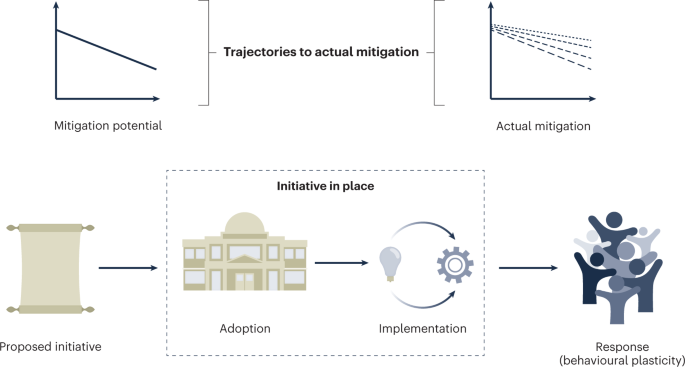- Select a language for the TTS:
- UK English Female
- UK English Male
- US English Female
- US English Male
- Australian Female
- Australian Male
- Language selected: (auto detect) - EN
Play all audios:
ABSTRACT ABSTRACT. In order to elucidate the biochemical mechanisms operating to protect the brain from growth retardation in response to nutritional deprivation, comparisons were made of
markers of cellular development in brain regions (cerebellum, cerebral cortex, midbrain + brainstem) and in a tissue which is not spared (heart). Nutritional status of neonatal rats was
manipulated by increasing or decreasing the litter size beginning at birth, and development of DNA, RNA, and proteins followed throughout the neonatal period. In addition, we assessed the
activity and levels of ornithine decarboxylase and its metabolic products, the polyamines, which are known to coordinate macromolecule synthesis in immature tissue and to provide an early
index of perturbed development. Cardiac ornithine decarboxylase and polyamines were altered within 48 h of initiating the changes in litter size, and the direction and magnitude of these
biochemical effects were predictive of subsequent impairment or enhancement of organ growth and of cellular development. All three brain regions were buffered from growth alterations
relative to the heart, but the cerebellum, which undergoes major phases of cell replication later than the other two regions, was somewhat less protected. The spared brain regions also
showed evidence of compensatory hypertrophy in nutritional deprivation (increased protein/DNA ratio) which accounts for maintenance of growth in the presence of reduced cell numbers. Thus,
brain growth sparing involves specific cellular responses which are dependent on the maturational profile of each brain region. SIMILAR CONTENT BEING VIEWED BY OTHERS EFFECT OF RIBOFLAVIN
DEFICIENCY ON DEVELOPMENT OF THE CEREBRAL CORTEX IN _SLC52A3_ KNOCKOUT MICE Article Open access 28 October 2020 BRAIN LIPIDOMICS AND NEURODEVELOPMENTAL OUTCOMES IN INTRAUTERINE GROWTH
RESTRICTED PIGLETS FED DAIRY OR VEGETABLE FAT DIETS Article Open access 28 February 2022 COMPARTMENTALIZED METABOLISM SUPPORTS MIDGESTATION MAMMALIAN DEVELOPMENT Article Open access 06 April
2022 ARTICLE PDF AUTHOR INFORMATION AUTHORS AND AFFILIATIONS * Department of Pharmacology, Duke University Medical Center, Durham, 27710, North Carolina J M Bell, W L Whitmore, K L Queen, L
Orband-Miller & T A Slotkin Authors * J M Bell View author publications You can also search for this author inPubMed Google Scholar * W L Whitmore View author publications You can also
search for this author inPubMed Google Scholar * K L Queen View author publications You can also search for this author inPubMed Google Scholar * L Orband-Miller View author publications You
can also search for this author inPubMed Google Scholar * T A Slotkin View author publications You can also search for this author inPubMed Google Scholar RIGHTS AND PERMISSIONS Reprints
and permissions ABOUT THIS ARTICLE CITE THIS ARTICLE Bell, J., Whitmore, W., Queen, K. _et al._ Biochemical Determinants of Growth Sparing during Neonatal Nutritional Deprivation or
Enhancement: Ornithine Decarboxylase, Polyamines, and Macromolecules in Brain Regions and Heart. _Pediatr Res_ 22, 599–604 (1987). https://doi.org/10.1203/00006450-198711000-00024 Download
citation * Received: 16 March 1987 * Accepted: 09 July 1987 * Issue Date: 01 November 1987 * DOI: https://doi.org/10.1203/00006450-198711000-00024 SHARE THIS ARTICLE Anyone you share the
following link with will be able to read this content: Get shareable link Sorry, a shareable link is not currently available for this article. Copy to clipboard Provided by the Springer
Nature SharedIt content-sharing initiative


